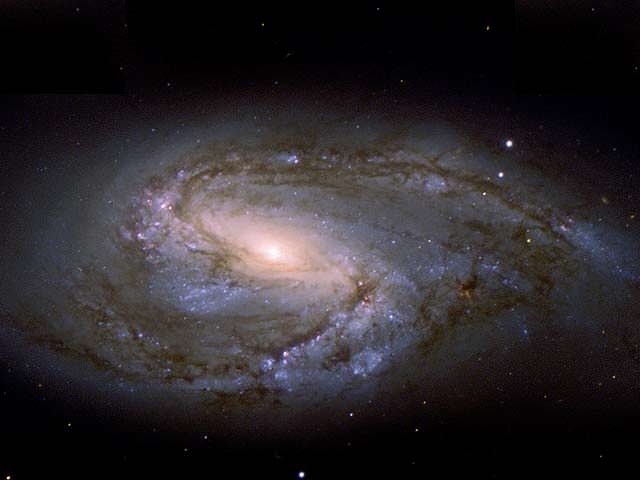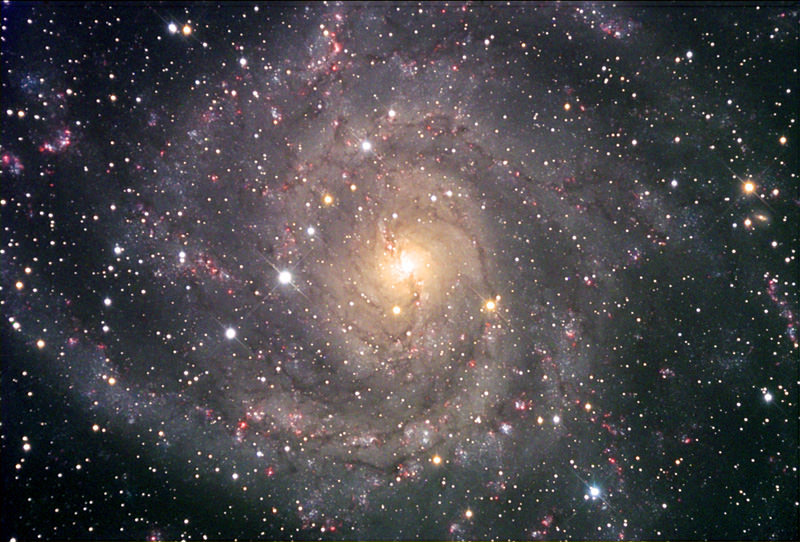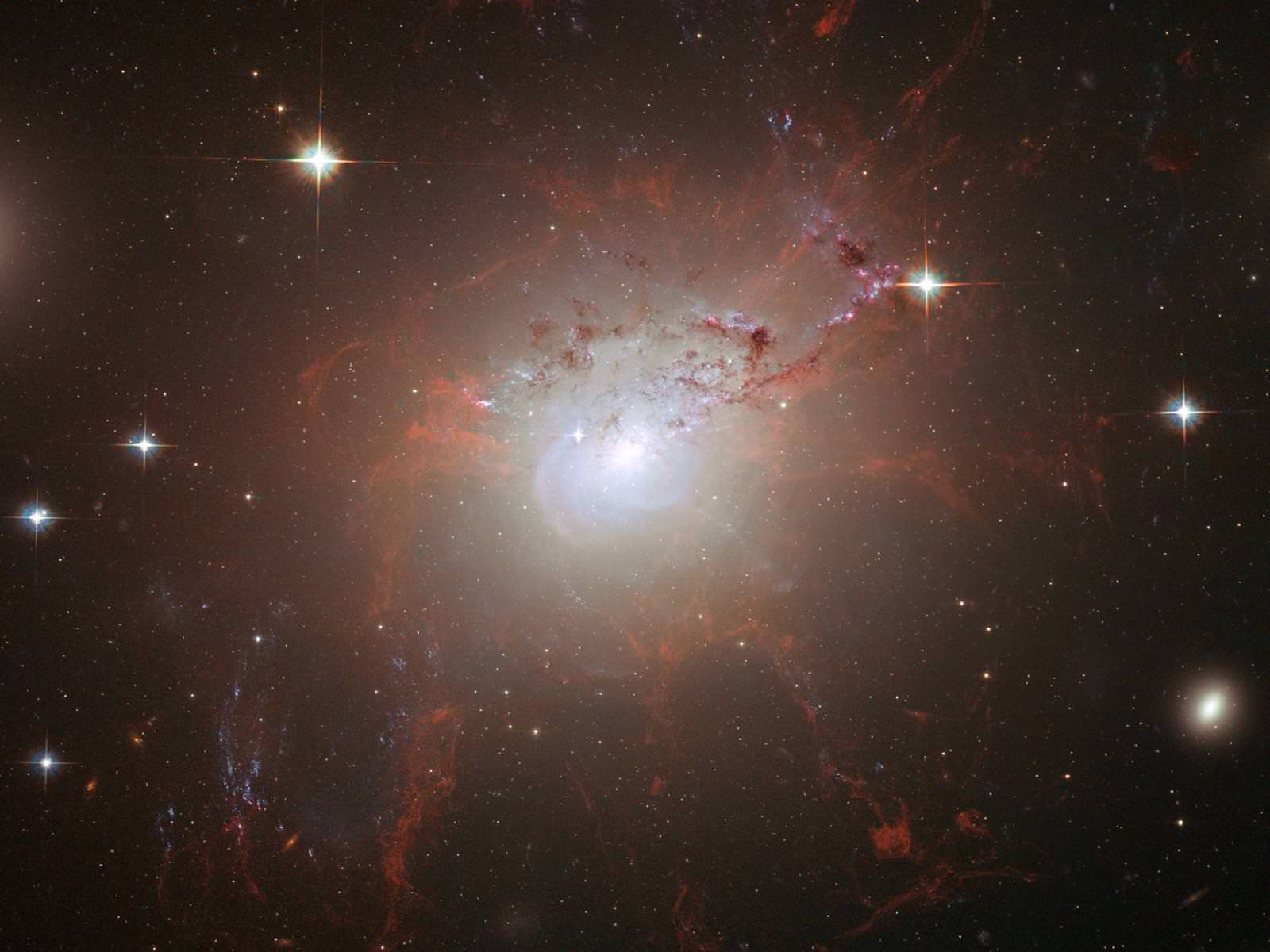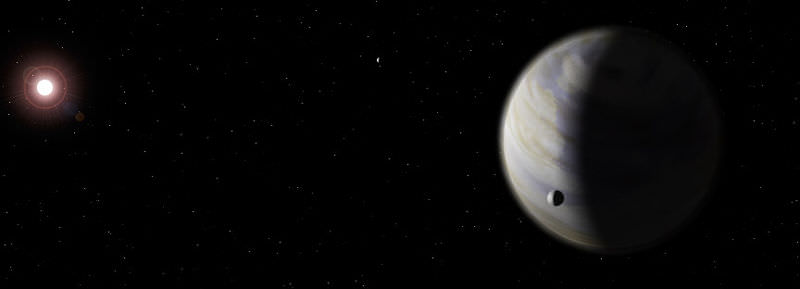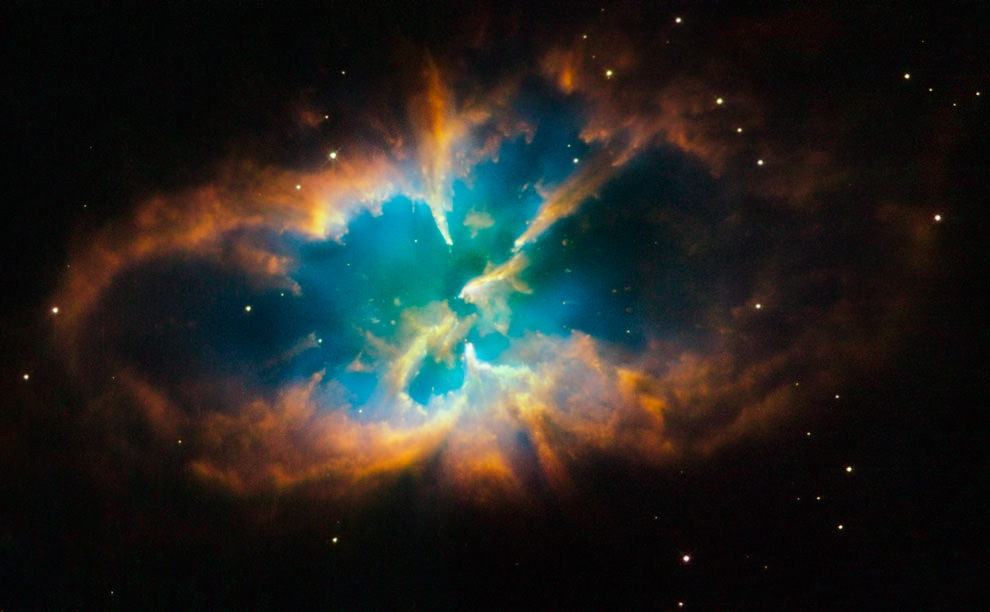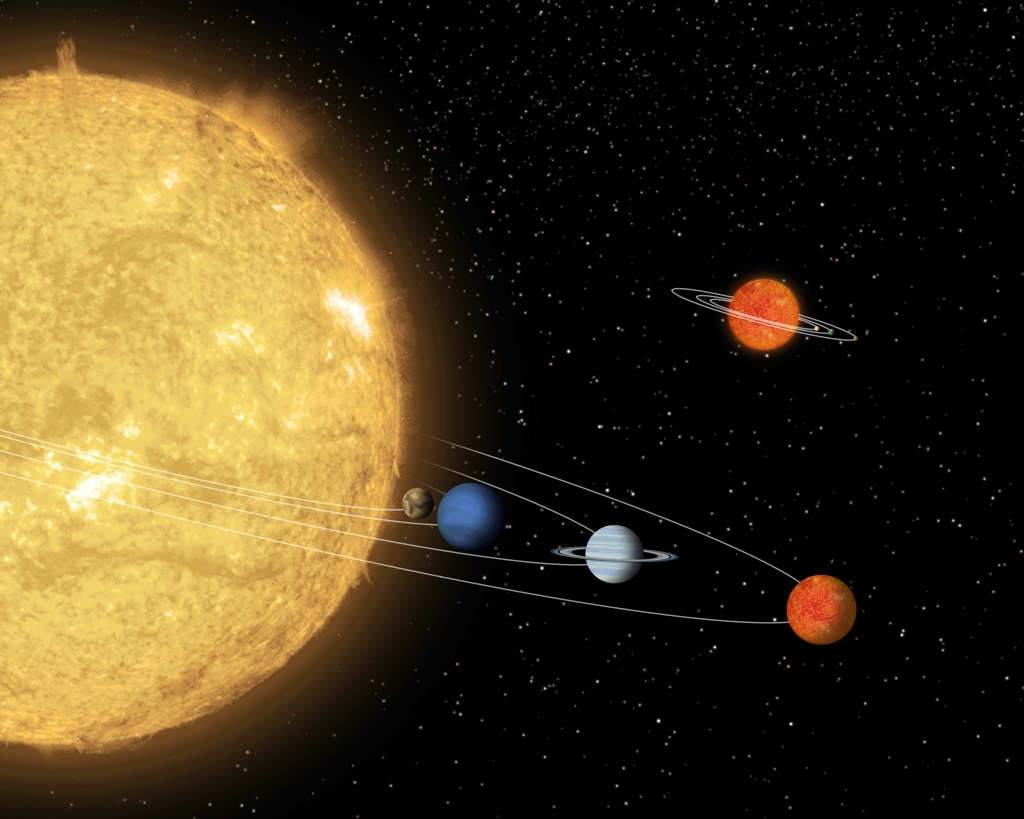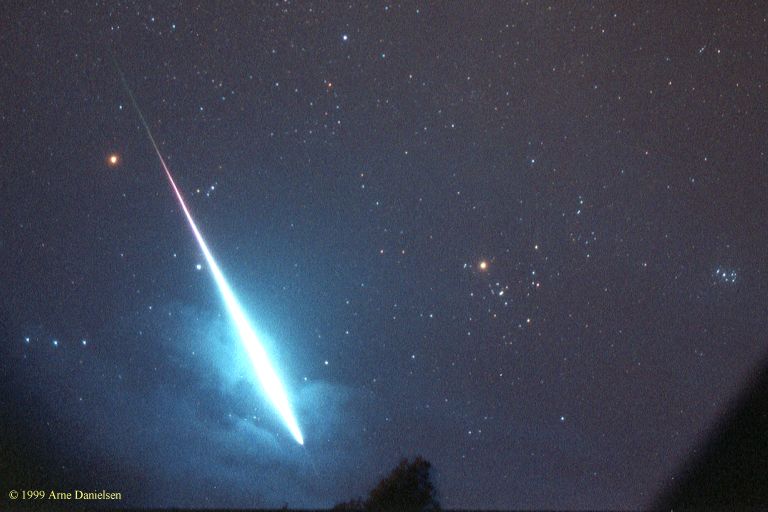[/caption]
Early on in the hunt for extra solar planets, the main method for discovering planets was the radial velocity method in which astronomers would search for the tug of planets on their parent stars. With the launch of NASA’s Kepler mission, the transit method is moving into the spotlight, the radial velocity technique provided an early bias in the detection of planets since it worked most easily at finding massive planets in tight orbits. Such planets are referred to as hot Jupiters. Currently, more than 30 of this class of exoplanet have had the properties of their emission explored, allowing astronomers to build a picture of the atmospheres of such planets. However, one of the new hot Jupiters discovered by the Kepler mission doesn’t fit the picture.
The consensus on these planets is that they are expected to be rather dark. Infrared observations from Spitzer have shown that these planets emit far more heat than they absorb directly in the infrared forcing astronomers to conclude that visible light and other wavelengths are absorbed and reemitted in the infrared, producing the excess heat and giving rise to equilibrium temperatures over 1,000 K. Since the visible light is so readily absorbed, the planets would be rather dull when compared to their namesake, Jupiter.
The reflectivity of an object is known as its albedo. It is measured as a percentage where 0 would be no reflected light, and 1 would be perfect reflection. Charcoal has an albedo of 0.04 while fresh snow has an albedo of 0.9. The theoretical models of hot Jupiters place the albedo at or below 0.3, which is similar to Earth’s. Jupiter’s albedo is 0.5 due to clouds of ammonia and water ice in the upper atmosphere. So far, astronomers have placed upper limits on their albedo. Eight of them confirm this prediction, but three of them seem to be more reflective.
In 2002, it was reported that the albedo for υAnd b was as high as 0.42. This year, astronomers have placed constraints on two more systems. For HD189733 b, astronomers found that this planet actually reflected more light than it absorbed. For Kepler-7b, an albedo of 0.38 has been reported.
Revisiting this for the latter case, a new paper, slated for publication in an upcoming issue of the Astrophysical Journal, a team of astronomers led by Brice-Olivier Demory of the Massachusetts Institute of Technology confirms that Kepler-7b has an albedo that breaks the expected limit of 0.3 set by theoretical models. However, the new research does not find it to be as high as the earlier study. Instead, they revise the albedo from 0.38 to 0.32.
To explain this additional flux, the team proposes two models. They suggest that Kepler-7b may be similar to Jupiter in that it may contain high altitude clouds of some sort. Due to the proximity to its parent star, it would not be ice crystals and thus, would not reach as high of an albedo as Jupiter, but preventing the incoming light from reaching lower layers where it could be more effectively trapped would help to increase the overall albedo.
Another solution is that the planet may be lacking the molecules most responsible for absorption such as sodium, potassium, titanium monoxide and vanadium monoxide. Given the temperature of the planet, it is unlikely that the molecular components would be present in the first place since they would be broken apart from the heat. This would mean that the planet would have to have 10 to 100 times less sodium and potassium than the Sun, whose chemical composition is the basis for models since our star’s composition is generally representative of stars around which planets have been discovered and presumably, the cloud from which it formed and would also form into planets.
Presently there is no way for astronomers to determine which possibility is correct. Since astronomers are slowly becoming able to retrieve spectra of extrasolar planets, it may be possible in the future for them to test chemical compositions. Failing that, astronomers will need to examine the albedo of more exoplanets and determine just how common such reflective hot Jupiters are. If the number remains low, the plausibility of metal deficient planets remains high. However, if the numbers start creeping up, it will prompt a revision to models of such planets and their atmospheres with greater emphasis on clouds and atmospheric haze.


